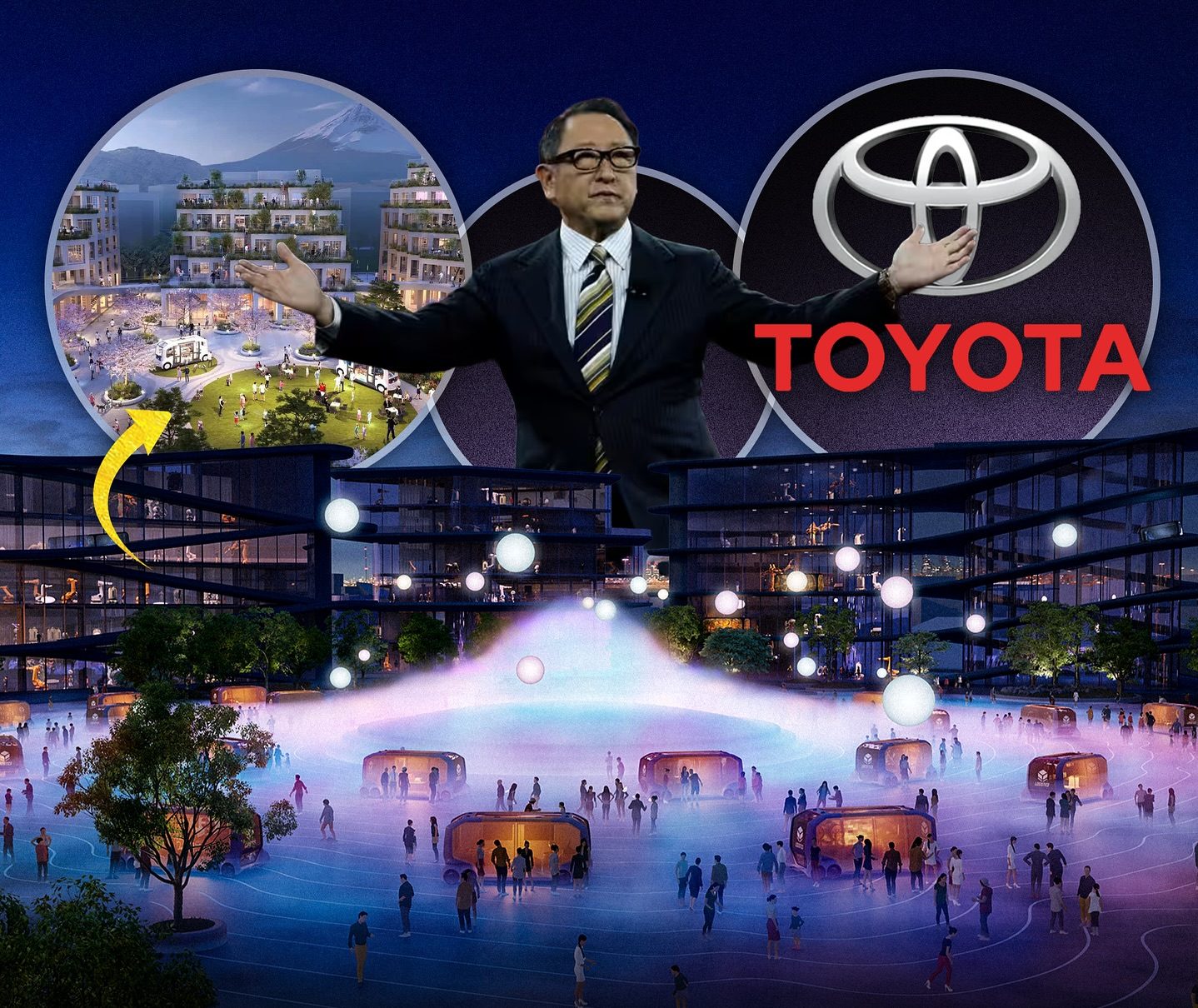Inside Toyota’s $10 Billion Woven City: Japan’s Bold Experiment in Building a Real-Life City of the Future at the Foot of Mount Fuji
It feels like a scene straight out of a science fiction movie. Nestled at the base of Mount Fuji, surrounded by Japan’s natural beauty, Toyota has just flipped the switch on its most ambitious project yet—Woven City. This isn’t a car plant, a factory, or just another tech campus. It’s something far bigger, bolder, and stranger: a real-world experiment in what the future of human living could look like. With an estimated cost of about $10 billion, Toyota has transformed the site of a former car plant into a place that blends cutting-edge technology with everyday life.
The idea of a “city of the future” has floated around for decades, often imagined in books, films, and dreamy concept art. But what Toyota has built is no longer just a drawing on a corporate presentation slide—it’s real. The company officially launched the first phase of Woven City this year, opening its gates to around 360 residents, most of whom are Toyota employees and their families. These early pioneers are stepping into an entirely new way of living, where artificial intelligence, robotics, and self-driving cars aren’t side projects—they’re woven into the very fabric of the community.
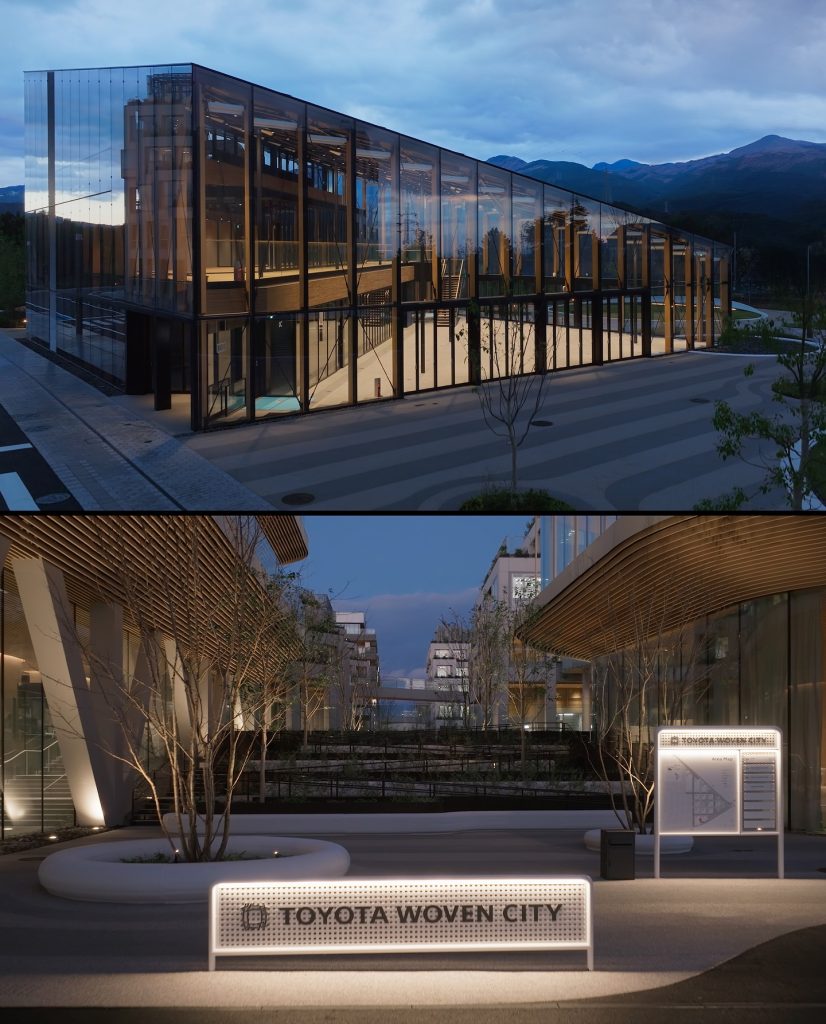
Walking through Woven City doesn’t feel like entering a traditional Japanese town, nor does it resemble the concrete jungles of Tokyo or Osaka. Instead, it feels intentional, designed with a rhythm and flow meant to keep people, technology, and nature in harmony. The streets aren’t cluttered with noisy cars. Instead, they’re layered into three distinct types: one for faster autonomous vehicles, another for smaller mobility devices like scooters or bicycles, and one reserved solely for pedestrians. It’s a city built for humans first, with technology moving around them, not the other way around.
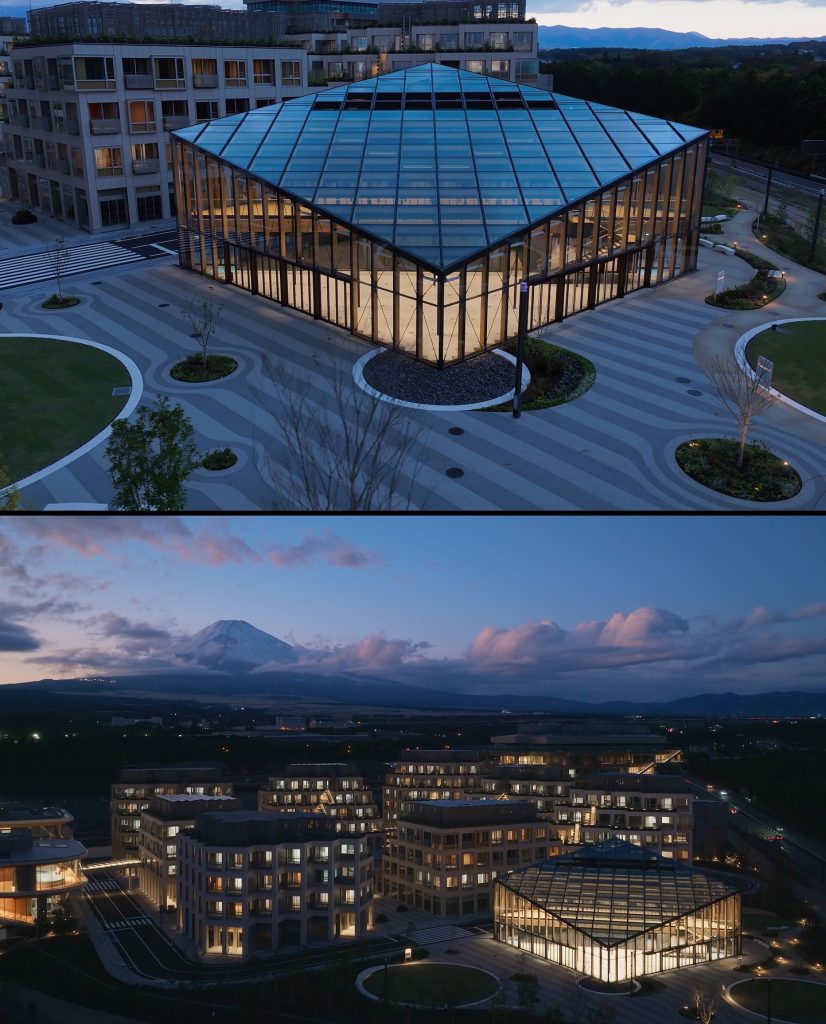
At night, the city glows—not with neon signs or blaring billboards—but with soft, futuristic lighting that feels closer to a living organism than a grid of lamps. Woven City has been carefully designed by famed Danish architect Bjarke Ingels, whose firm BIG is behind some of the world’s most innovative buildings. His touch is everywhere here, from the wooden homes that merge traditional Japanese design with modern sustainability, to the flowing public spaces that encourage residents to connect, play, and experiment.
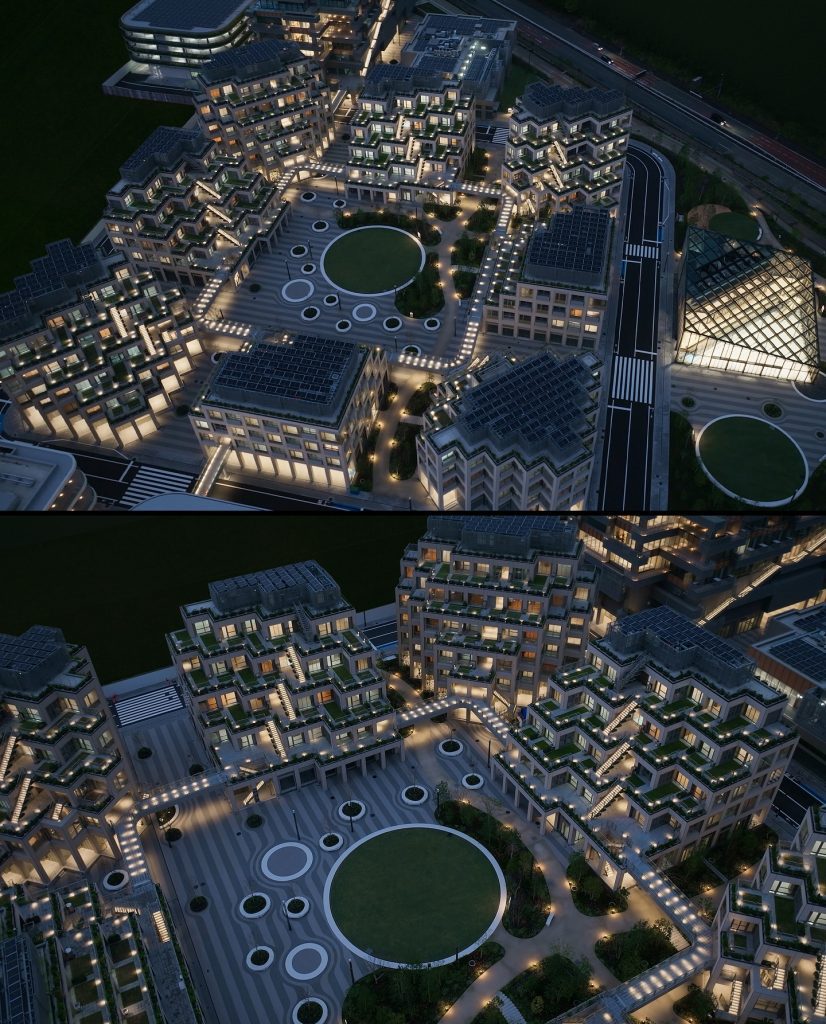
Toyota’s vision for Woven City is bold: it’s not just a town, it’s a live lab. Every resident is part of an ongoing experiment. Self-driving shuttles quietly roll through the streets, delivering goods or picking up passengers. Drones buzz overhead, monitoring efficiency. Smart homes learn the habits of families, adjusting everything from lighting to groceries with the help of artificial intelligence. Robots aren’t confined to factories—they’re assisting in kitchens, carrying groceries, and even checking on the health of elderly residents.
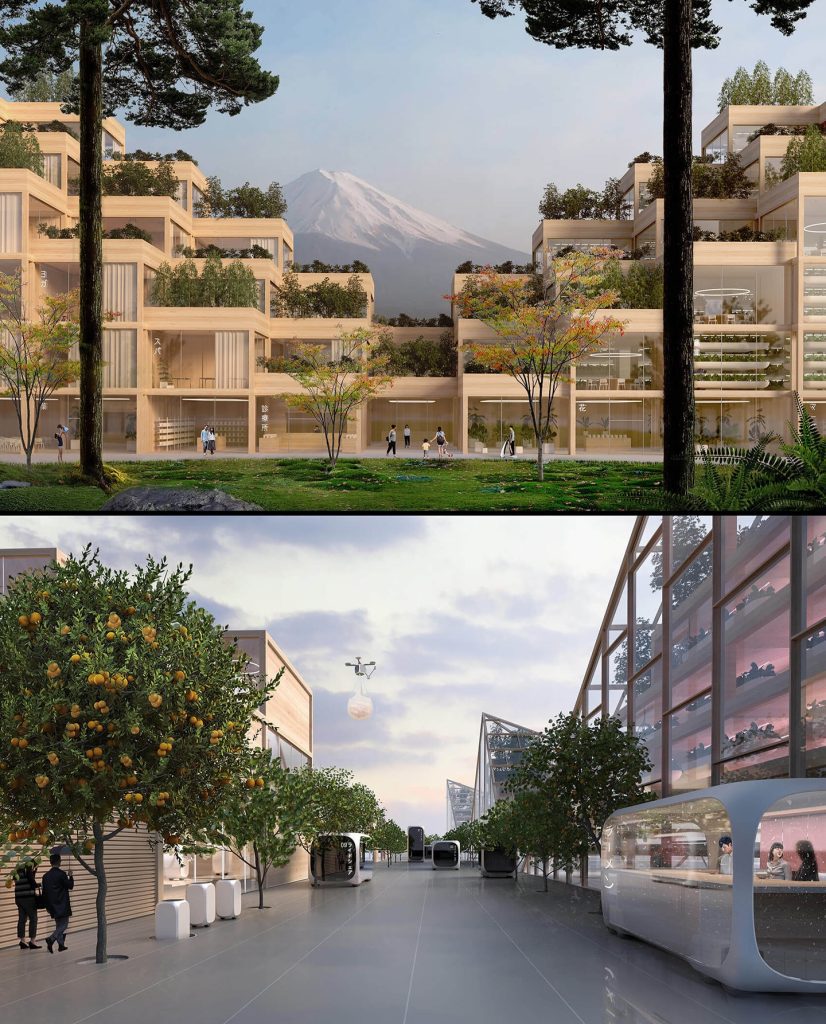
In the first phase, the population is small—just 360 people. But the roadmap is already laid out to grow this into a community of about 2,000 residents over time. These won’t just be employees but researchers, families, and even outside participants willing to live inside a giant experiment where every detail of their daily lives feeds into Toyota’s futuristic vision. It might sound unsettling to some—like a corporate version of The Truman Show—but for others, it’s an opportunity to live inside tomorrow before anyone else.
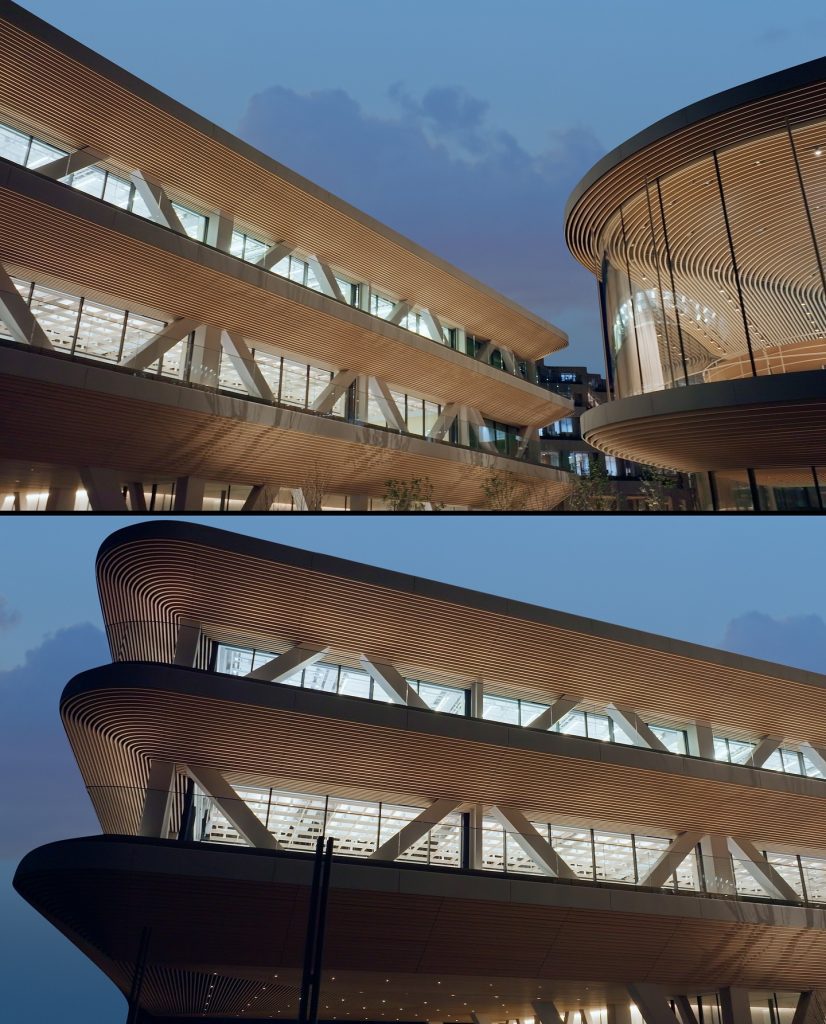
Perhaps the most fascinating part of Woven City is its focus on sustainability. This isn’t just a playground for gadgets. The city is designed around clean energy, with hydrogen fuel cells providing power, solar panels integrated into buildings, and water recycling systems built into the infrastructure. Every piece of the design aims toward minimizing waste and maximizing harmony with the environment. For Toyota, which has built its reputation on hybrid cars and alternative energy, Woven City is the ultimate showcase of what an eco-friendly, tech-driven community could look like if fully embraced.
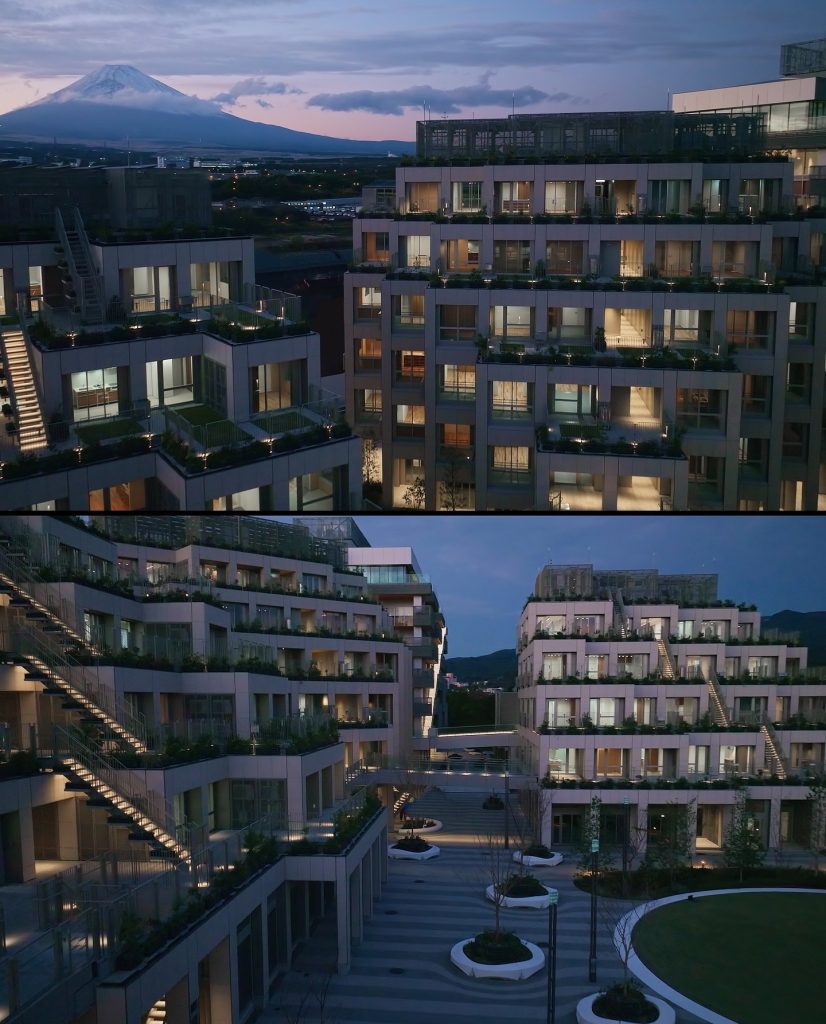
But Woven City isn’t only about technology and sustainability—it’s also about testing social structures. How do people live when technology anticipates their every need? What happens when mobility is completely reimagined? Can artificial intelligence help reduce loneliness, improve health, or even extend life expectancy? These are the kinds of questions Toyota hopes to answer, not through simulations in a lab, but by letting real people live in this city and letting the data speak for itself.
The project has been in the works since Toyota announced it in 2020, and even then it felt like a wild, almost too-ambitious idea. But with the official launch, it’s clear Toyota wasn’t bluffing. This isn’t just a PR stunt—it’s a genuine attempt to leap into the unknown. Akio Toyoda, the former Toyota president and grandson of the company’s founder, described Woven City as a “living laboratory” where engineers, scientists, and residents can collaborate to test, fail, and improve in real time.
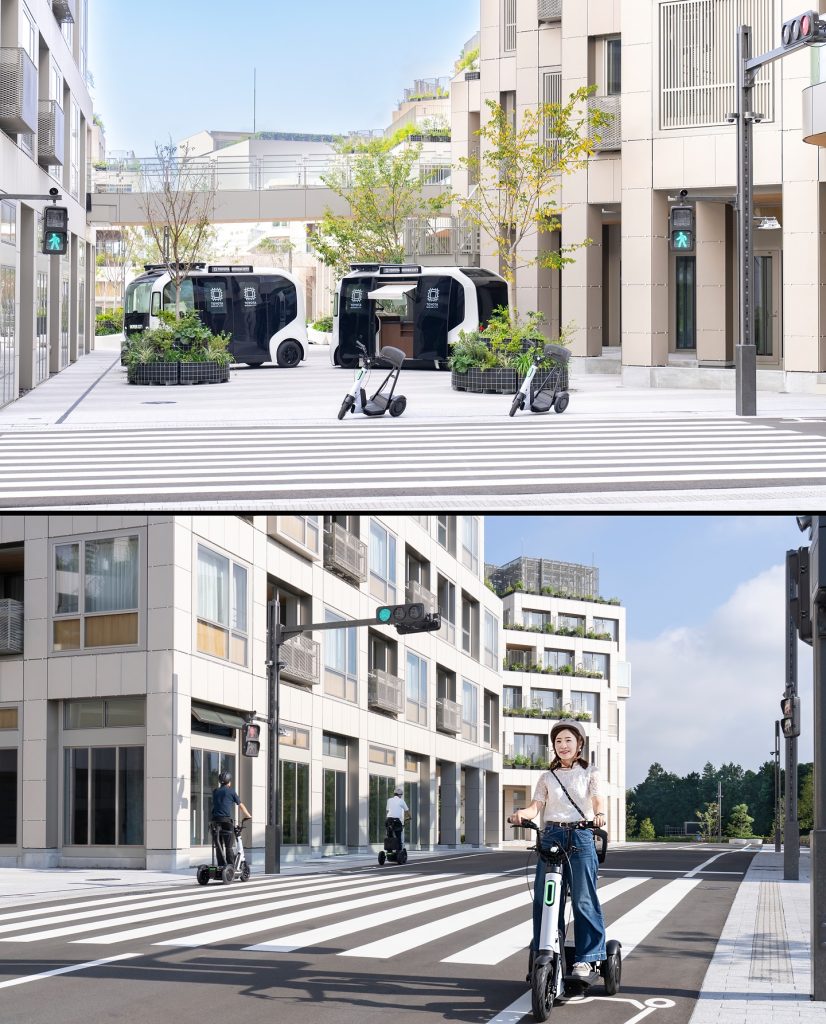
There are, of course, skeptics. Some wonder if the city will turn into little more than a flashy tech demo, with limited lessons for the real world. Others question whether residents will feel comfortable in such a monitored, experimental environment. But for every doubter, there are just as many dreamers who see Woven City as the kind of bold leap humanity needs. After all, many of the technologies we take for granted today—smartphones, GPS, even the internet—started as experimental projects before they became part of everyday life.
Toyota’s gamble is that by bringing together robotics, AI, mobility, and clean energy into a single, real environment, the company can accelerate the development of ideas that might take decades otherwise. By having real people test these technologies daily, Toyota hopes to identify not just what works technically, but what works socially. Technology, after all, only succeeds if people accept and embrace it.
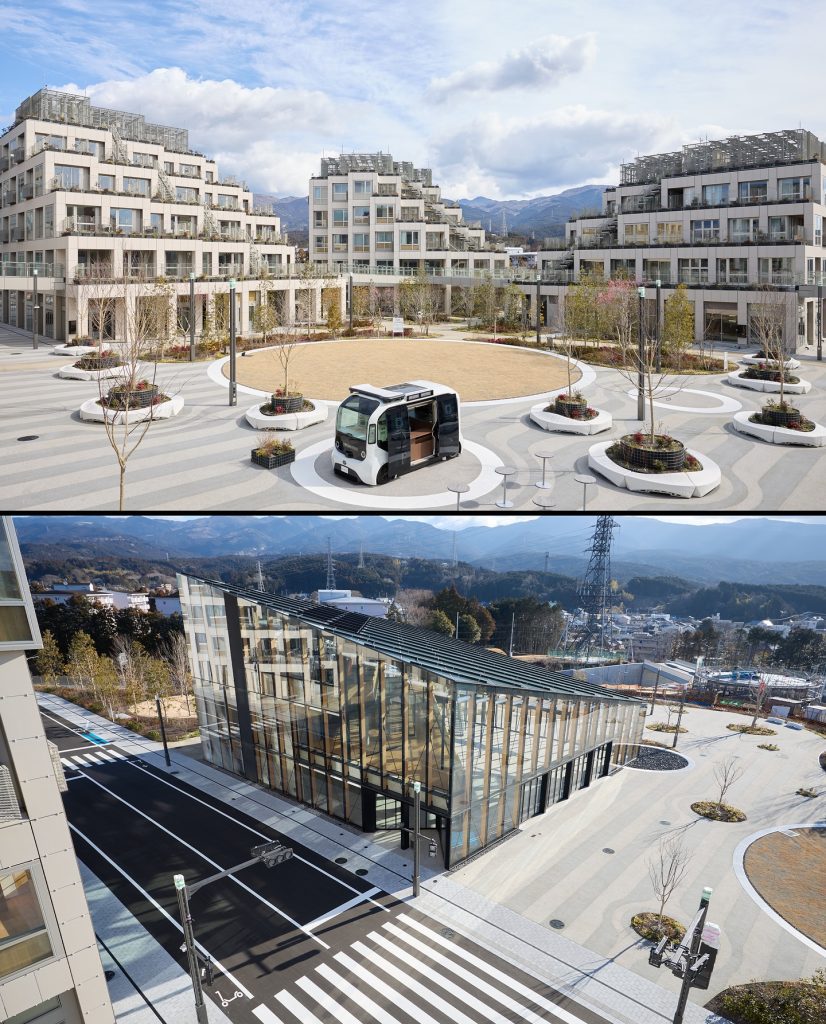
The timing of Woven City’s opening also feels symbolic. The world is grappling with climate change, aging populations, and rapid urbanization. Cities are struggling to adapt to new challenges, and many are weighed down by outdated infrastructure. Woven City offers a chance to start fresh, to reimagine from the ground up what an ideal city could be in the 21st century and beyond.
Standing at the base of Mount Fuji, surrounded by futuristic homes, glowing streets, and whisper-quiet autonomous vehicles, it’s hard not to feel that something historic has begun. It may take years, even decades, before we know whether Woven City succeeds or fails in its mission. But the fact that it exists at all is remarkable. It shows a willingness to dream big, to take risks, and to treat the future not as something distant but as something that can be built right now.
Toyota’s Woven City is no longer an idea. It’s alive, breathing, and full of people willing to test the unknown. For better or worse, the city of the future has arrived, and it’s happening under the shadow of Japan’s most iconic mountain.

